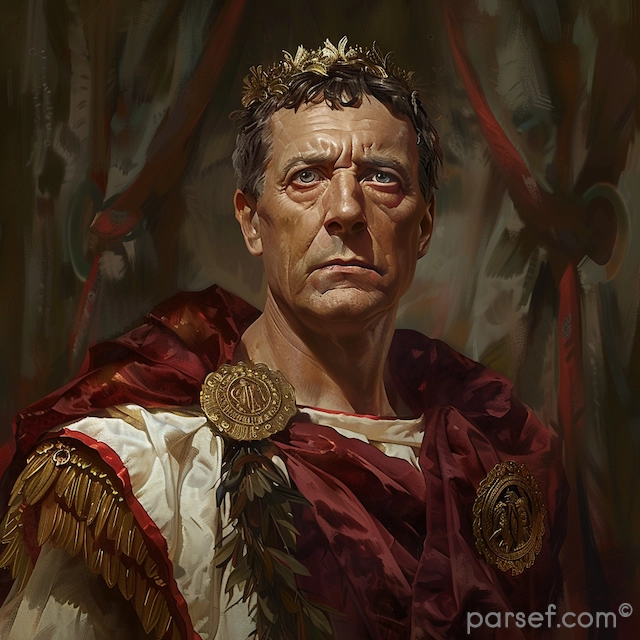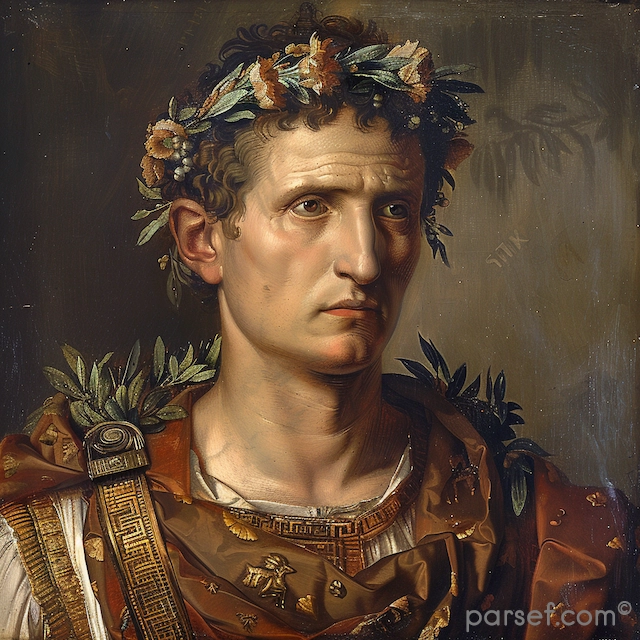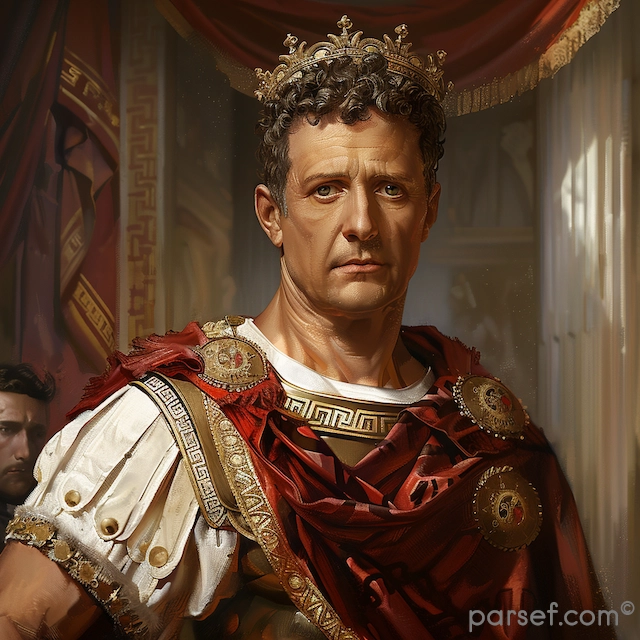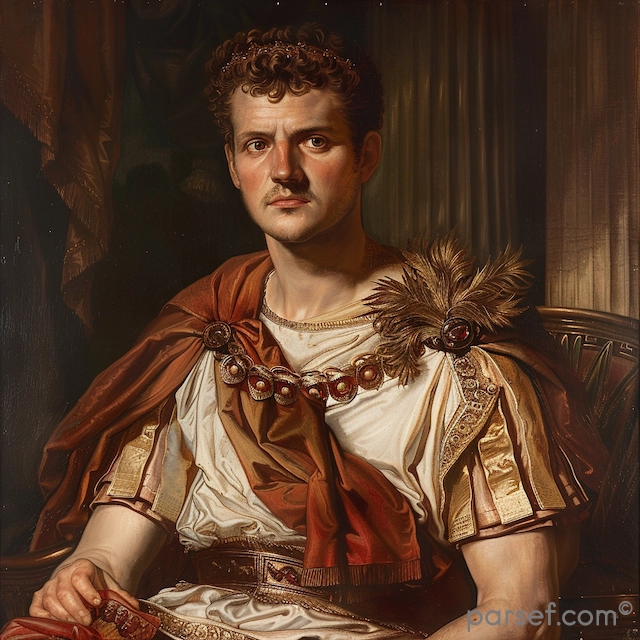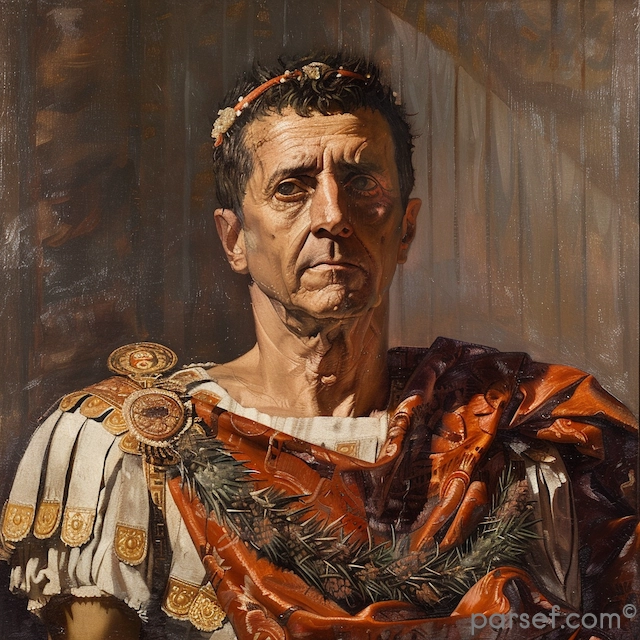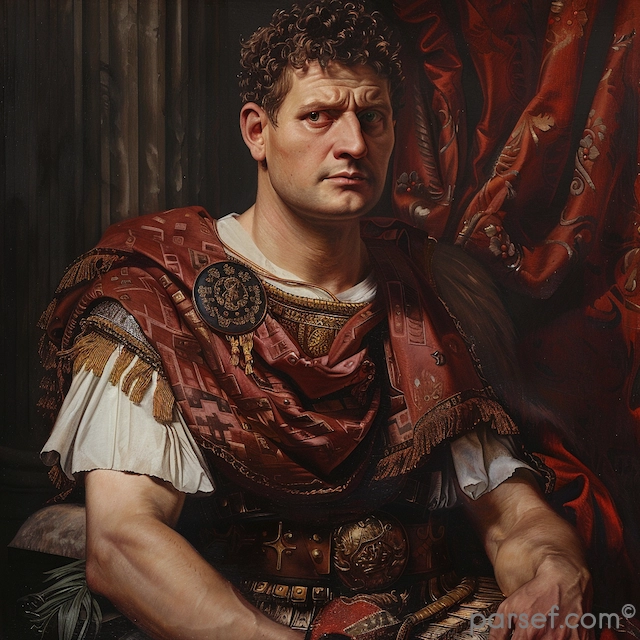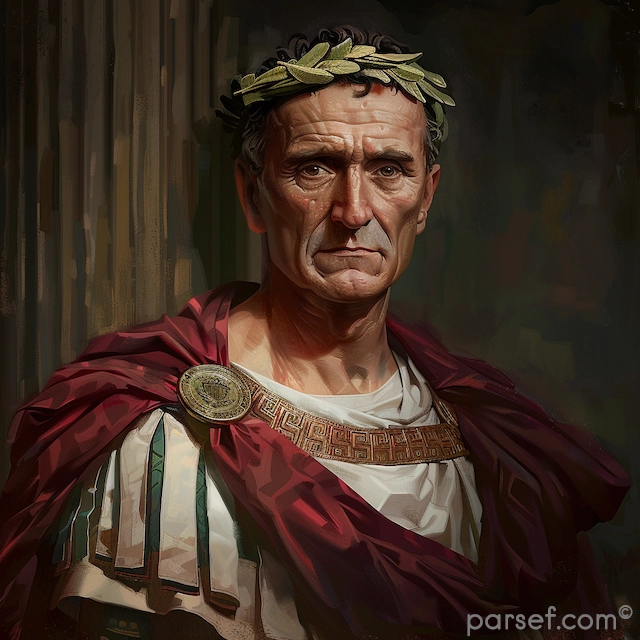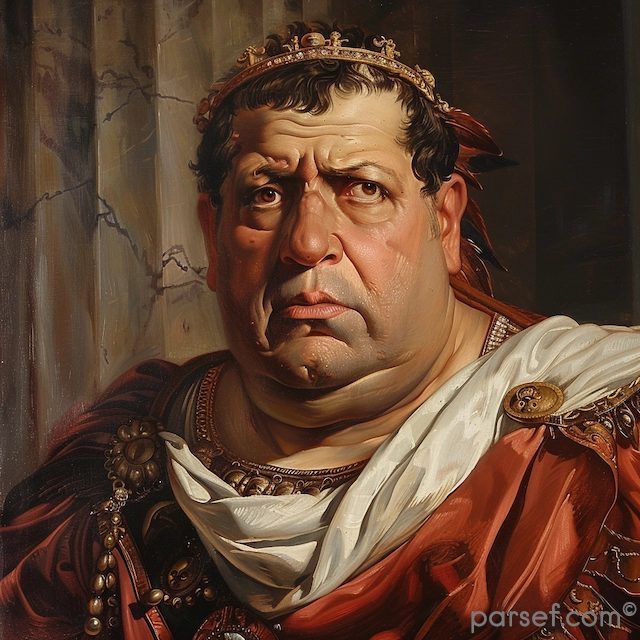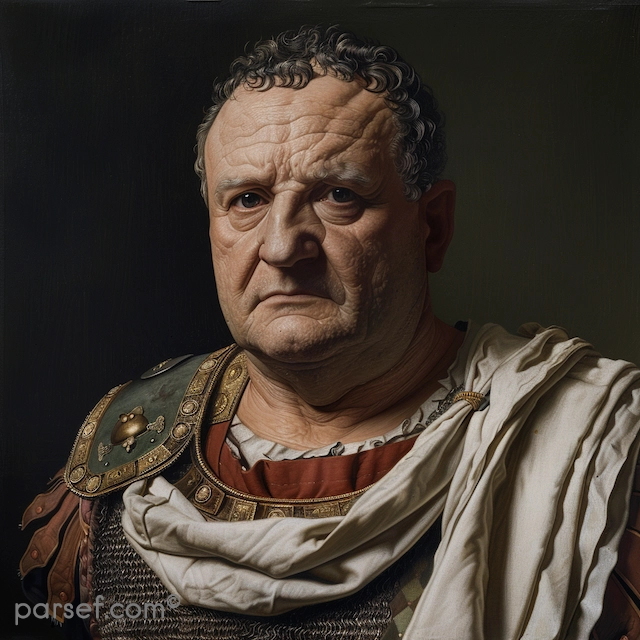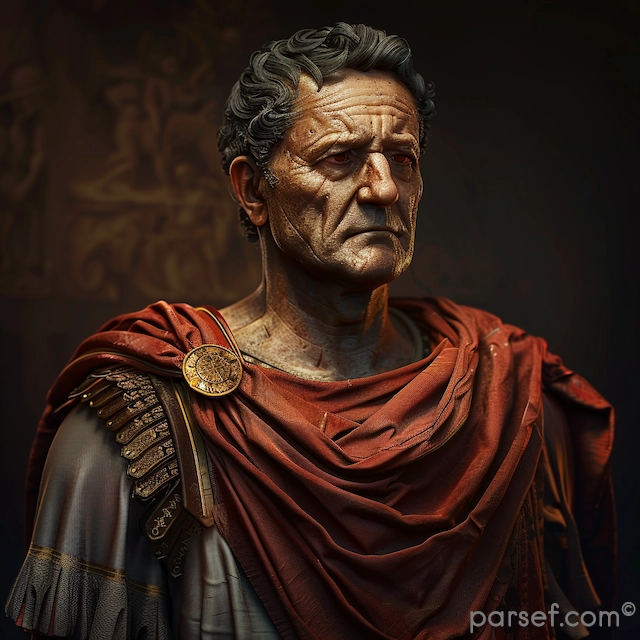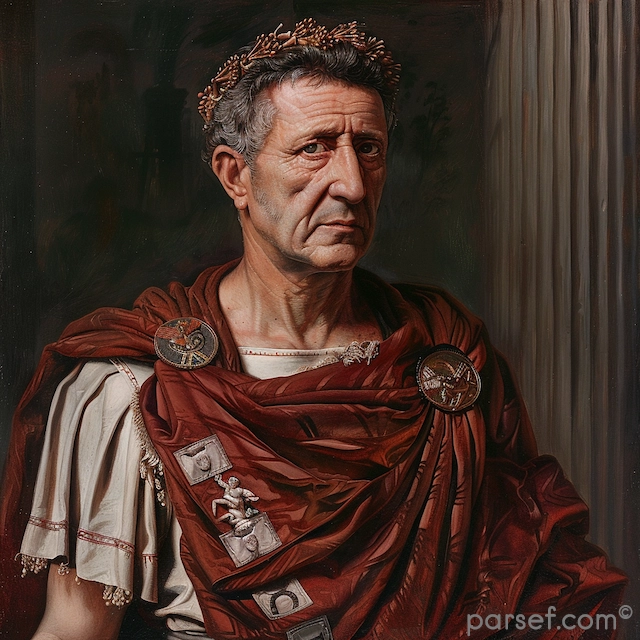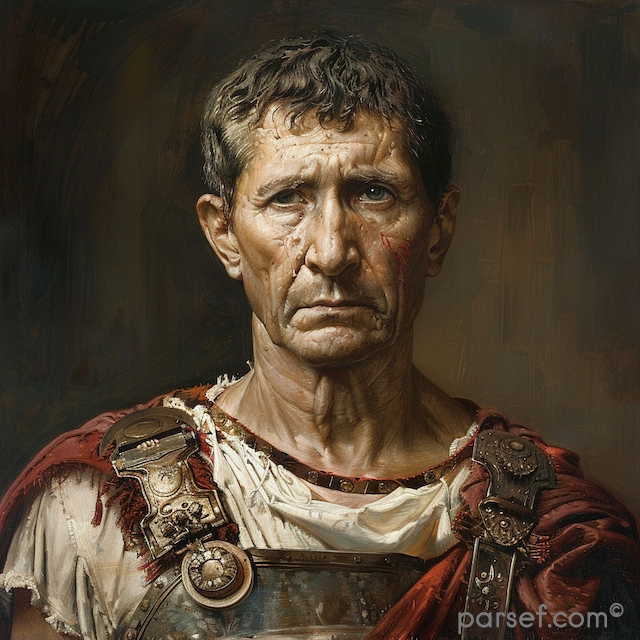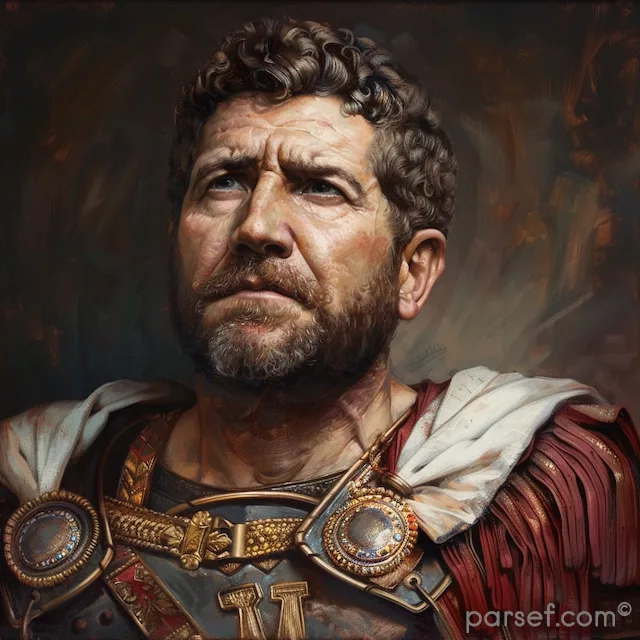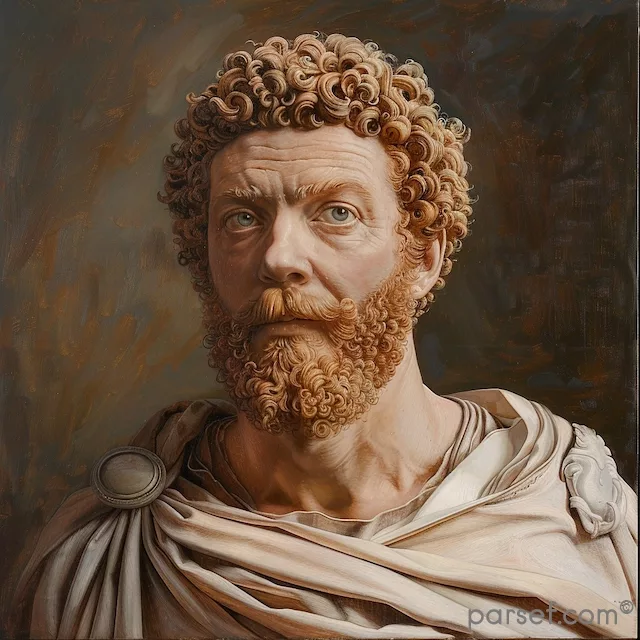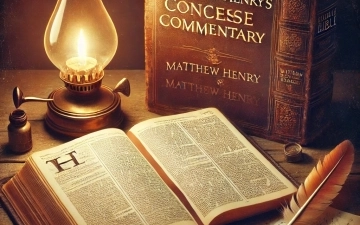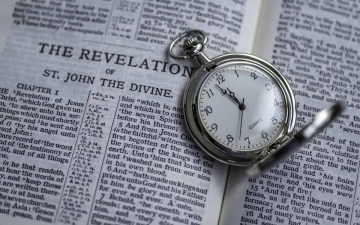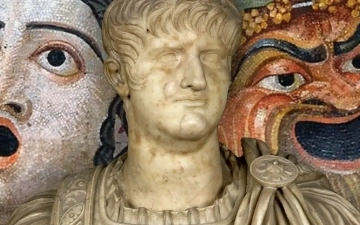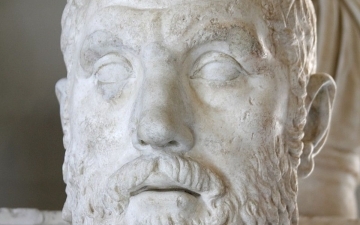The Perfect French Riviera Wedding
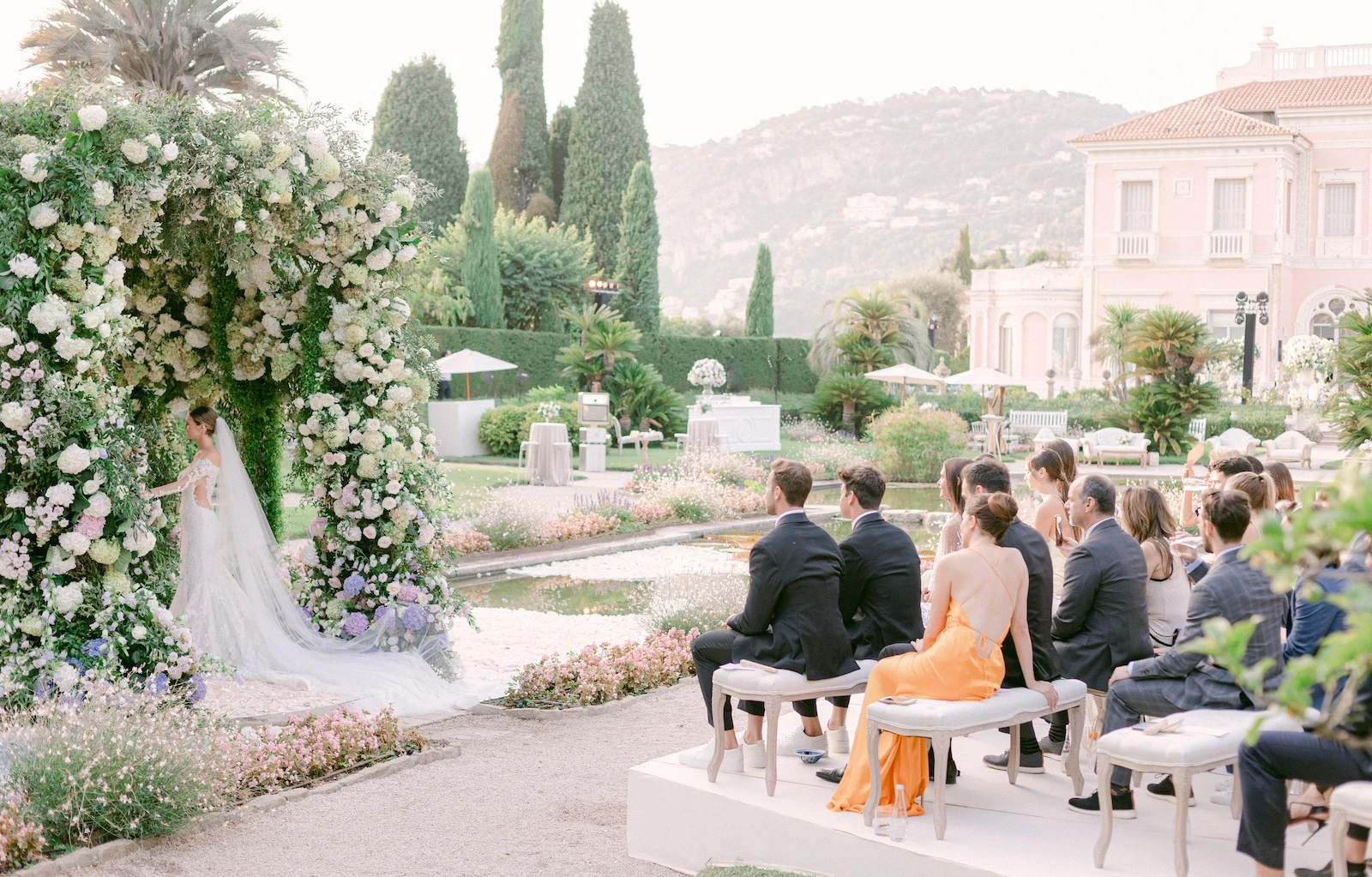
The French Riviera: A Timeless Wedding Destination
The French Riviera, or Côte d’Azur, is one of the world’s most iconic destinations for weddings, offering breathtaking coastlines, luxurious estates, and a romantic Mediterranean backdrop. But beyond its modern allure, this glamorous stretch of land has a deep-rooted history that dates back to ancient times. From the Greek and Roman periods to the era of European aristocracy, the French Riviera has long been associated with beauty, love, and celebration.
A wedding on the French Riviera today is the pinnacle of romance and sophistication, but it is also part of a historical tradition spanning thousands of years. To fully appreciate the magic of a wedding in this region, we must explore the rich historical tapestry of the area, from ancient civilizations to the present day.
Ancient Roots: The Greeks and Early Settlements
Long before luxury resorts and yacht-filled harbors, the French Riviera was inhabited by the Ligurians, an ancient people who lived along the Mediterranean coast. Around the 4th century BCE, Greek traders from Massalia (modern-day Marseille) arrived and established colonies along the coast. These early settlers brought with them their customs, including elaborate marriage ceremonies, which were sacred and involved offerings to Aphrodite, the goddess of love.
The Greeks celebrated weddings with grand feasts, music, and rituals, much like today’s French Riviera weddings. The ceremony typically included a procession, symbolic gifts, and blessings from the gods. Although these weddings were more rooted in tradition than extravagance, they laid the groundwork for the Riviera’s reputation as a place of romance.
The Roman Influence: Lavish Weddings and Villas
By the 2nd century BCE, the Romans had taken control of the region, transforming it into a province of the Roman Republic. Roman aristocrats, including senators and wealthy merchants, built lavish villas along the Riviera, drawn by its mild climate and stunning views.
Roman weddings were grand affairs, often lasting several days. The bride wore a white tunic (tunica recta) and an orange veil (flammeum), symbolizing purity and devotion. Wedding banquets included delicacies such as honey cakes, olives, and fine wines—traditions that have carried into modern French Riviera weddings, where gourmet cuisine remains a highlight.
The Romans also valued the concept of amor et matrimonium (love and marriage), and marriages often involved public ceremonies followed by private celebrations in opulent seaside estates. The Riviera became a retreat for Roman elites, much like it is for modern-day celebrities and royalty.
Medieval Elegance: Castles, Chateaux, and Noble Unions
During the medieval period, the French Riviera was part of the feudal system, with noble families controlling various towns and territories. Many medieval castles, such as Château de la Napoule and Château Grimaldi, still stand today, providing an enchanting setting for weddings.
In medieval times, marriages were primarily political alliances, arranged to secure power and wealth. However, elaborate wedding celebrations were still held, featuring jousting tournaments, grand feasts, and musical performances. These traditions evolved into the grand, fairy-tale-like weddings that are still popular on the Riviera today.
The Renaissance and Baroque Era: Romance Takes Center Stage
By the Renaissance (15th–17th centuries), the concept of romantic love became more prominent in marriage. French aristocrats often held extravagant wedding celebrations, inspired by the opulent Italian courts. The Riviera, with its growing reputation as a playground for European royalty, hosted many noble weddings filled with poetry, art, and music.
Venues such as the Palais Lascaris in Nice and the Château de Villeneuve were popular locations for aristocratic unions. The idea of grand wedding feasts and luxurious receptions continued to flourish, setting a precedent for modern Riviera weddings.
19th & 20th Century: The Rise of the French Riviera as a Luxury Wedding Destination
By the 19th century, the French Riviera had transformed into a haven for European aristocracy and wealthy elites. The likes of Queen Victoria, Tsar Nicholas II, and writer F. Scott Fitzgerald frequented the region, further cementing its status as a place of luxury and romance.
The Belle Époque era saw the construction of grand hotels and villas, making the Riviera a prime wedding destination. Iconic locations such as the Hotel Negresco in Nice and Villa Ephrussi de Rothschild in Saint-Jean-Cap-Ferrat became sought-after venues for glamorous weddings.
The 20th century saw an influx of Hollywood stars, adding to the region’s allure. Grace Kelly’s wedding to Prince Rainier III of Monaco in 1956 remains one of the most famous Riviera weddings in history, embodying elegance, sophistication, and fairy-tale romance.
Modern-Day French Riviera Weddings: A Blend of History and Luxury
Today, a wedding on the French Riviera is the epitome of glamour. From luxurious beachfront ceremonies in Saint-Tropez to intimate chateau weddings in Provence, couples can experience a celebration steeped in history and beauty. Many of the same elements—lavish banquets, scenic locations, and timeless romance—that defined weddings in ancient Rome and the Renaissance are still present in today’s ceremonies.
Modern couples often incorporate historical elements into their Riviera weddings, such as vintage décor, classical music, and gourmet menus inspired by ancient Mediterranean cuisine. The region’s historic venues, including medieval castles and Belle Époque mansions, provide a perfect setting for a wedding that blends past and present.
A Timeless Celebration of Love
The French Riviera has always been a land of beauty, passion, and celebration. From ancient Greek and Roman weddings to the luxurious nuptials of modern-day celebrities, the region’s history is deeply intertwined with romance. A wedding on the French Riviera is not just about elegance—it is about becoming part of a centuries-old tradition of love and grandeur. Whether set against the backdrop of a medieval castle, a Roman villa, or a sun-drenched beach, a Riviera wedding is a timeless celebration that continues to captivate hearts across the ages.
Related Posts
Matthew Henry’s Concise Commentary: A Timeless Guide to Biblical Understanding
Matthew Henry’s Concise Commentary on the Whole Bible is one of the most enduring and widely used resources for Bible study. Known for its clarity, depth, and spiritual insight, this commentary distills the essence of Matthew Henry’s original six-volume work into a shorter, more accessible format. It has been cherished...
Read MoreA Journey Through Time: Mapping Ancient Rome and Jerusalem
For centuries, Rome and Jerusalem have captivated historians and travelers alike. These two powerful cities, though geographically distant, were intertwined throughout much of their ancient history. But how close were they? Let's explore maps depicting these ancient cities and their respective empires. The Mediterranean World: A Roman Sea During the height of...
Read MoreThe Book of Revelation: A Historical and Theological Journey
The Book of Revelation, also known as the Apocalypse of John, is one of the most enigmatic and debated texts in the Christian biblical canon. Positioned as the final book of the New Testament, it has captivated theologians, historians, artists, and laypeople alike for nearly two millennia. Its vivid imagery,...
Read MoreBoost Productivity Respectfully: Non-Intrusive Alternatives to Screen Capture Monitoring
Screen monitoring has become essential in modern work environments, particularly with the shift towards remote and hybrid models. Many companies utilize screen capture tools to ensure productivity. But is this the best way to enhance employee performance? Overview of screenshot-based monitoring Screen capture employee monitoring is a popular tool used by managers...
Read MoreNero: The Notorious Emperor Who Fiddled While Rome Burned
The name Nero is synonymous with tyranny, extravagance, and the infamous image of an emperor who, according to legend, played the fiddle while Rome was engulfed in flames. Nero's reign is a dark chapter in the history of the Roman Empire, marked by cruelty, decadence, and the disastrous Great Fire...
Read MoreMacrinus: The First Equestrian Emperor and His Brief Attempt to Stabilize Rome
Opilius Macrinus, an unexpected figure in the annals of Roman history, ascended to the imperial throne in 217 AD after the assassination of Caracalla. Unlike his predecessors, who hailed from the senatorial aristocracy, Macrinus was an eques, a member of the equestrian order, a social class traditionally associated with business...
Read More